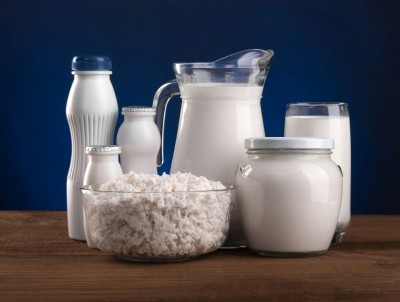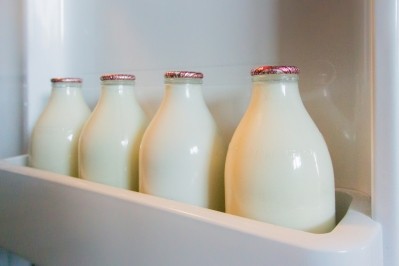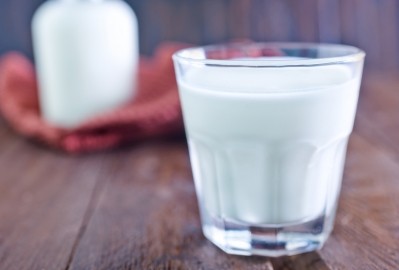FSAI finds Listeria and Campylobacter in raw milk

The agency said it continues to recommend the sale of raw milk for direct human consumption be prohibited in the country.
It advised the public to ensure milk is effectively heat-treated (e.g. pasteurised or boiled), especially when served to infants, children, pregnant women and older people.
A milk filter filters large particulate debris that may inadvertently enter the product from the milking process.
It is usually placed in the pipeline, which transports milk from the animal to the bulk tank but it is not fine enough to remove bacteria from the raw milk.
Pathogen detection rates
A total of 211 farms were randomly selected for the microbiological survey looking at pathogens in raw milk and in-line filters used in the milking equipment.
The work took 600 samples, made up of 410 raw milk and 190 in-line raw milk filters over a 12 month period from June 2012. The agency said it does not currently have plans to repeat the survey.
For raw milk samples, rates of Listeria monocytogenes and Campylobacter were 7% and 3%.
Salmonella was detected in 1% of raw milk filters and 0.5% of raw milk samples, while E. coli O26 (VTEC) was detected in 6% of raw milk filter samples showing its contamination potential.
A scientific opinion by the EFSA Panel on Biological Hazards (BIOHAZ) earlier this year highlighted the "clear link" between consumption of unpasteurised milk and a long list of illnesses.
A total of 27 outbreaks involving raw drinking milk were reported in the EU between 2007 and 2012, with cow's milk accounting for 23 and goat's milk the remaining four, said the panel.
The US Centers for Disease Control and Prevention (CDC) blamed the legal sale of raw milk in an increasing number of states for a rise in outbreaks associated with unpasteurized milk last year.
The FDA Center for Veterinary Medicine (CVM) tested almost 2,000 raw milk samples and found veterinary drug residues in just 0.78% of them, according to a report this month.
‘Avoid raw milk’
FSAI said that while on-farm hygiene and animal health have improved over recent years, farms remain a significant reservoir for pathogens.
Dr Wayne Anderson, director of food science and standards at FSAI, said almost all milk on sale in Ireland is pasteurised, which is the simplest and most reliable method to ensure it is safe to drink.
“While the market for raw milk is small, it remains a serious concern given the well-documented public health risks posed by the presence of pathogens in raw milk,” he said.
“We are therefore recommending that raw milk should be avoided by consumers, but for those who still wish to drink it, they should, at a minimum, boil the milk before drinking it to kill any potentially harmful bacteria.”
FSAI said there was no correlation between herd size, species, or season and the detection of pathogens in raw milk or on raw milk filters.
There was also no statistically significant correlation between presence of the indicator organism’s coagulase-positive staphylococci and E. coli and the presence of pathogens in raw milk samples.
The FSAI is aware that any ban on the sale of raw milk would not affect farm families who choose to consume it, said Dr Anderson.
“But farm families should be particularly aware of the risk to young children and pregnant women posed by drinking raw milk and also the fact that farm visitors may not be aware that they are consuming raw milk.
“We therefore continue to recommend the use of home pasteurisers to ensure milk is safe.”








